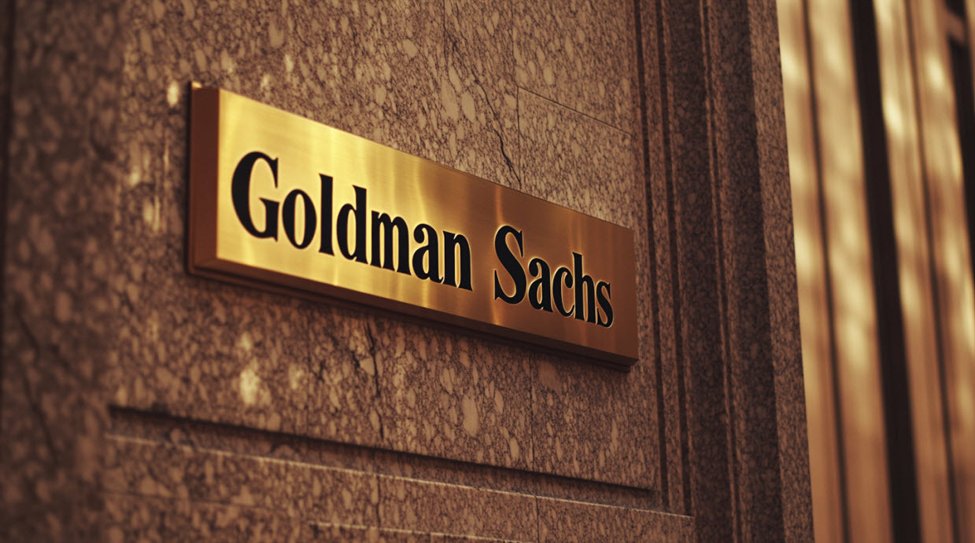On Friday, shares of Nvidia fell 4% and chipmakers dragged the Nasdaq to its lowest in the three weeks.
One reason for the sell-off was a Goldman Sachs note from Peter Oppenheimer arguing that traffic to ChatGPT was plunging. Goldman published this chart, which was later widely circulated (including in the Financial Times). It showed the number of visits to ChatGPT:
The chart was further picked up by the usual suspects who argued that ChatGPT is a gimmick, that Meta/Grok/Anthropic is eating its lunch, that it went woke or whatever other agenda they were pushing.
The truth is embarrassingly simple.
The URL of ChatGPT was changed to chatgpt.com from chat.openai.com.
When you overlay both URLs, here is the traffic:
h/t @edsuh
If anything, traffic has been accelerating.
For ‘the smartest guys in the room’ this reflects a humiliating lack of critical thought. There was no way that ChatGPT usage ever dropped by +80% in just two months.
Did this mistake wipe out $110 billion from Nvidia’s market cap on Friday (for reference, that’s 72% of Goldman’s market cap)?
I doubt it was the main catalyst but I have no doubt that it hurt. Research and critical thinking are in short supply in this meme-driven world.
NVDA daily
As for what does worry me about Nvidia, it’s the lifecycle of the investment boom. The H100 chip is one of the all-time great products and demand for it is stratospheric. By all accounts, that demand will be at least equal for Blackwell, the generation coming late this year.
But analysts are pricing in that level of demand — and growing — every year. That has the forward P/E at 37x for 2025.
The first problem is they need to keep iterating to expand their moat, and that’s tough to do with margins near 80%. Now I wouldn’t bet against them on that, but the amount of money going into chipmaking right now is extraordinary and it’s basically a bet against capitalism.
Secondly, there needs to be a return on investment from the buyers. Right now we have all of megacap tech pouring money into chips but at some point those investments need to deliver returns. Right now we’re pricing in that level of investment year after year and I find it hard to believe that all of those companies will continue spending that much in a tech world that trends towards winner-take-all.
Thirdly, comments from Broadcom CEO Hock Tan on Thursday after earnings point to a major threat to Nvidia demand from those same megacap tech companies:
“I used to think that general-purpose merchant silicon will win at the end of the day. Well, based on history of semiconductors mostly so far, general purpose, small merchant silicon tends to win. But like you, I flipped in my view. And I did that, by the way, last quarter, maybe even 6 months ago. But nonetheless, catching up is good. And I actually think so because I do think there are 2 markets here on AI accelerators. There’s one market for enterprises of the world, and none of these enterprises are incapable nor have the financial resources or interest to create the silicon, the custom silicon, nor the large language models and the software going maybe, to be able to run those AI workloads on custom silicon. It’s too much and there’s no return for them to do it because it’s just too expensive to do it. But there are those few cloud guys, hyperscalers with the scale of the platform and the financial wherewithal for them to make it totally rational, economically rational, to create their own custom accelerators because right now, I’m not trying to overemphasize it, it’s all about compute engines. It’s all about especially training those large language models and enabling it on your platform. It’s all about constraint, to a large part, about GPUs. Seriously, it came to a point where GPUs are more important than engineers, these hyperscalers in terms of how they think. Those GPUs are much more — or XPUs are much more important. And if that’s the case, what better thing to do than bringing the control, control your their own destiny by creating your own custom silicon accelerators. And that’s what I’m seeing all of them do. It’s just doing it at different rates and they’re starting at different times. But they all have started.”
A week ago, everyone was regretting not buying NVDA in the dip to $90 (and the 69% rally to $130 certainly proved those buyers right for a time). But after reading those comments, I’m not so sure I would buy a second dip to $90.
